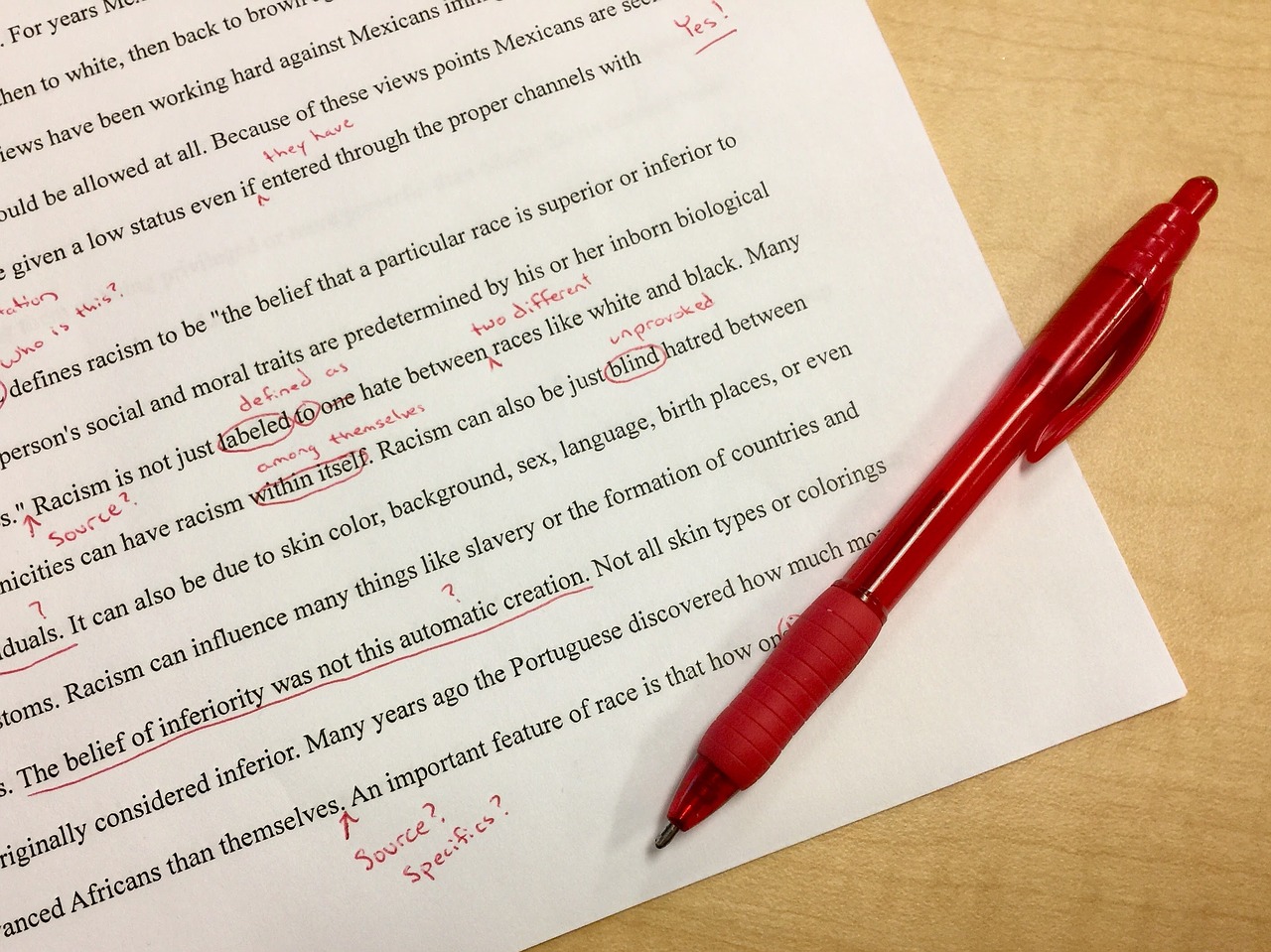If you have decided to come to Spain to learn Spanish, you should know that Spanish is one of the most complex languages. It is a very rich language. Precisely this makes it a very beautiful language, but also difficult to learn. It has many verb tenses, irregular verbs, grammatical and orthographic expressions and rules that can be complicated for non-native speakers. However, if we have the right teachers, learning Spanish will be a lot easier than you think.
In order to have a correct grammar and spelling, in addition to doing Spanish courses in Spain and participating in games, it is very important to read. Reading will bring knowledge. You will see the same word several times and your brain will assimilate it. You will learn common expressions and enjoy great adventures. In addition, La lengua española has great writers: classics, contemporaries, experts in adventures or dramas. Reading helps you open your mind as you discover a new culture.
However, at Academia Contacto we want to help you improve your language skills. For this reason, we are going to tell you the most common mistakes when you learn Spanish. Attention!
What are the most common grammatical errors?
We will tell you which are the most common mistakes when learning Spanish. Many of these are also made by native speakers, so don't worry. Try to concentrate. Memorize the rules and try to pay attention when you speak or write.
- Lack of accents. One of the big problems in Spanish is the accents. Many people have not been able to learn the rules of accentuation. In Spanish there are sharp words, flat words and esdrújulas. Although it is true that there are exceptions and rare words, if you learn the division of words, most likely you will not make mistakes.
- “Haber" and "A ver". Although they are pronounced the same, the meaning is different. "A ver" is normally used in an interrogative tone. The intention is to ask the interlocutor to check something as a synonym of interest. "Haber", on the other hand, is used as an auxiliary of the verb "haber". It can also be used as a noun (set of goods of a person).
- “Hay”, “Ahí” y “¡ay!”. There is an expression in Spanish that helps to memorize and distinguish these three uses: “ahí hay un hombre que dice ¡ay!”. According to the RAE, the verb "haber" is used in the third person to talk about the existence of things or people. The word "Ahí" is a warning of place. "ay," is an interjection that symbolizes a state of mind.
The most common mistakes when learning Spanish
- "Halla", "haya", "aya" and "allá": The word "haya" is used as a verb (verb "haber") or as a noun, referring to a type of tree. "Halla" alludes to the verb "hallar", which means to find. "Aya" names a woman in charge of the care and education of the children in the house, while "there" is a place adverb designating the location of the referent.
- "Valla", "vaya" and "baya": The first is a noun, a barrier that serves to delimit a space. From it was born the verb "vallar". "Vaya" is an interjection used in exclamatory sentences and corresponding to the verb "ir", while "baya" is a fruit.
- “Yendo" and "llendo": Although they are pronounced the same, "llendo" does not exist. It is a misuse of language. The gerund of the verb "ir" is "yendo".
- "Hecho" and "echo": The saying goes: "La hache de echar se echa por la ventana". This is one of the most common mistakes in Spanish. "Hecho" is from the verb "to do", while "echo" is from the verb "to throw". It is a very serious spelling and grammatical error.
- "Basta" and "vasta": The first indicates obligation, while "vasta" is usually used to refer to a very large space.
- "Va" and "Bah": The first is the conjugation of the verb ir and the second word is an interjection.
- Capital letters in the months of the year and days of the week: This is a very frequent error. Only the dates on which a particular holiday is celebrated will be capitalized.
Although there are others, these are the most common errors in Spanish. If you have decided to learn Spanish, start with these mistakes! the teacher will be proud


